I'm trying to design a TIA circuit with APD to detect the light pulse, and a large dynamic range is required.
I have several channels on one board and I found there are some crosstalk on the nearby channel when detecting large signals:
Since I need to detect very low light, the gain resistor of TIA selected is large, around 500 kΩ. When detecting the low light, it works well. But when detecting a large light pulse, there's obvious crosstalk noise right at the timing of both the rising and falling edge. Adding shielding among each channels on the PCBA can improve it based on my experiment, but still hard to eliminate it.
The light pulse comes randomly which means I don't know which signal is coming, large or small, so I cannot decrease the APD bias voltage or using programming amplifier.
And I also tried adding a very large current limit resistor (20 MΩ) in series between bias voltage (160 V) and APD, the slope gets slowing down without crosstalk but there's obvious tailing.
The saturation of TIA OPAmp is available, for large signals I don't care if the signal is chopped. So is there any good ideas I can limit the current or decrease the di/dt (dv/dt?) caused by large light pulse?
PS:
Have confirmed that the TIA_out is disturbed:
TIA_OUT_CH1 is the channel with a large light pulse detected.
TIA_OUT_CH2 is the channel with no signal input.
